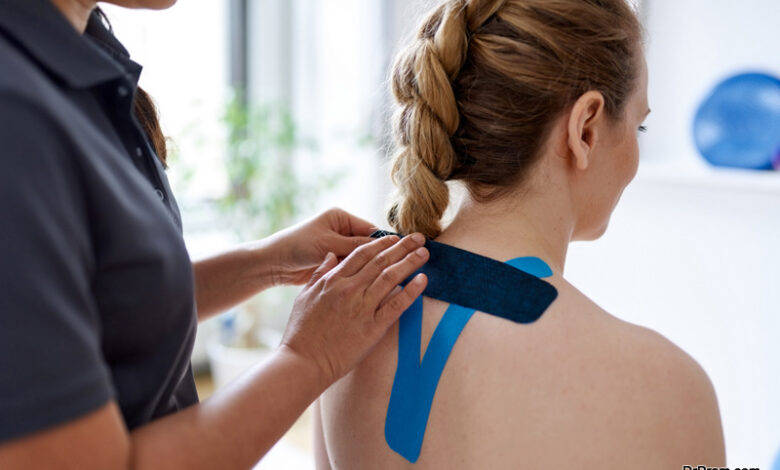A varicose vein is a weakened blood vessel close to the skin in the lower body that fills with unoxygenated blood because the blood vessel can’t move the blood back up to the heart. This creates a lumpy, unsightly and discolored bulge right under the skin. For some sufferers, varicose veins are a cosmetic concern, but they can become painful and put you at risk of a dangerous blood clot.
What Causes Varicose Veins?
Both men and women can suffer from varicose vein problems, though they’re common among women who’ve experienced pregnancy. Genetics can also give people a tendency to form these veins, as can obesity and a sedentary lifestyle. Varicose veins become dangerous when you form blood clots or suffer from ulcers.
If you develop a varicose vein, be sure to keep an eye on it and monitor your skin condition. Should you have pain with the vein or notice any burning around the bulge, you may be at risk of a more serious complication. Make an appointment with your doctor to monitor the bulge.
What Can I Do To Avoid A Varicose Vein?
Staying active and avoiding a long time in a chair can reduce your risk of developing a varicose vein. Wearing compression stockings can reduce the risk of blood pooling in a weak vein, as can elevating your legs above the level of your heart on a regular basis. Keeping your weight at a healthy level and avoiding cigarettes can also help.
Your diet and exercise regimen can greatly increase or decrease your risk of developing a varicose vein. By keeping your legs moving, you keep the blood moving and reduce the risk of pooling. In addition, a Vitamin regimen that focuses on the B vitamins, including B3, B6 and B12, as well as Vitamin K, can support strong blood vessels.
Suggested Treatments for a Varicose Vein Condition
Once a varicose vein has formed, you may not need to address it unless you’re at risk for a clot or in pain. These veins bulge because they’re close to the surface of the skin. The large veins deep in your leg are doing the work of moving blood back to your hear. If your veins hurt or if the condition is otherwise troublesome, treatment for varicose veins through Varithena can help by sealing off the bulging blood vessel to prevent it from filling again.
The Varithena treatment use a glue to seal off the blood vessel prior to the bulge. It’s important to remember that a varicose vein is not a major blood carrier. Those veins lie deeper in your leg. A varicose vein develops when a small blood vessel close to the skin loses its shape, letting blood pool close to the surface. There’s very little risk with the Varithena treatment and no surgery.
There’s no way to “undo” a varicose vein. The bulge will be with you until you need to get it sealed or have some other treatment to remove it. Monitor your legs for any sign of vein weakness and if one develops, work with your physician to avoid complications.




